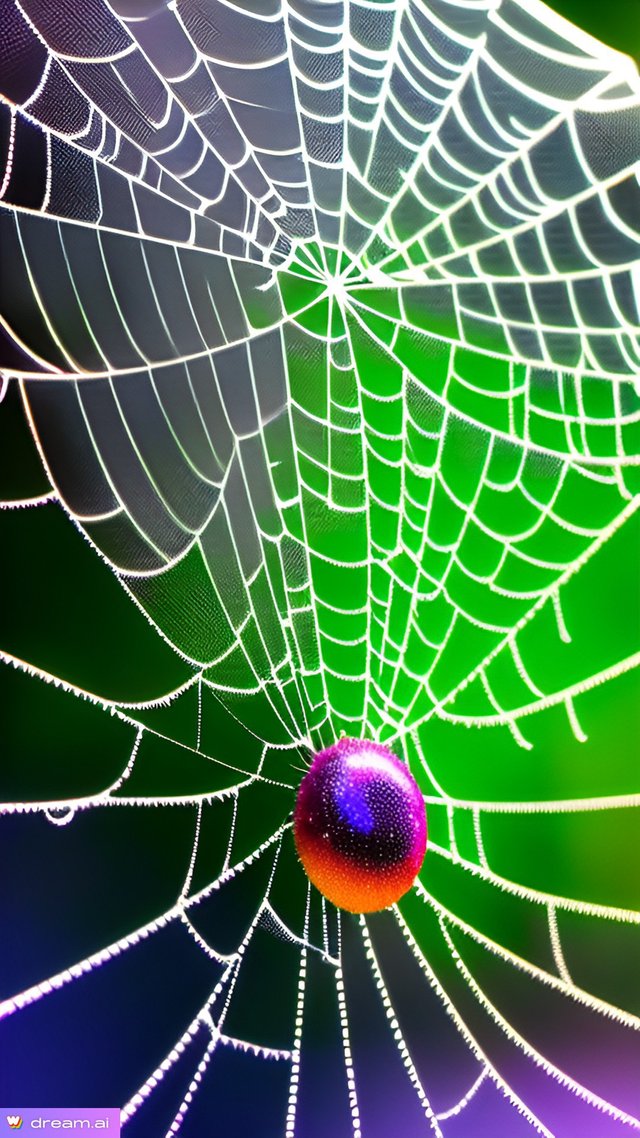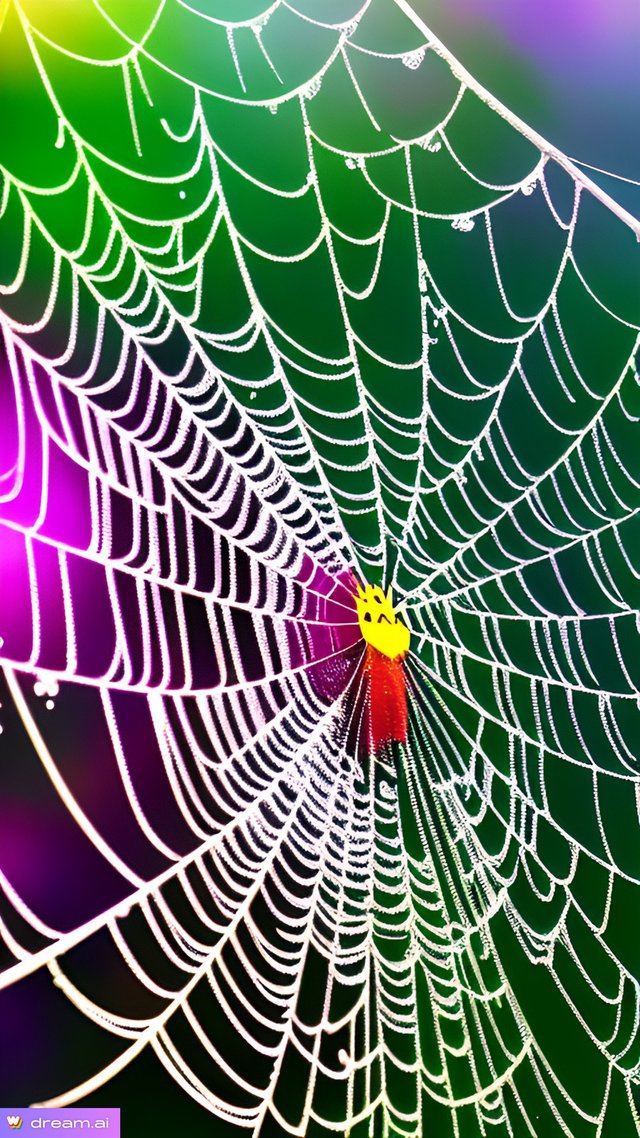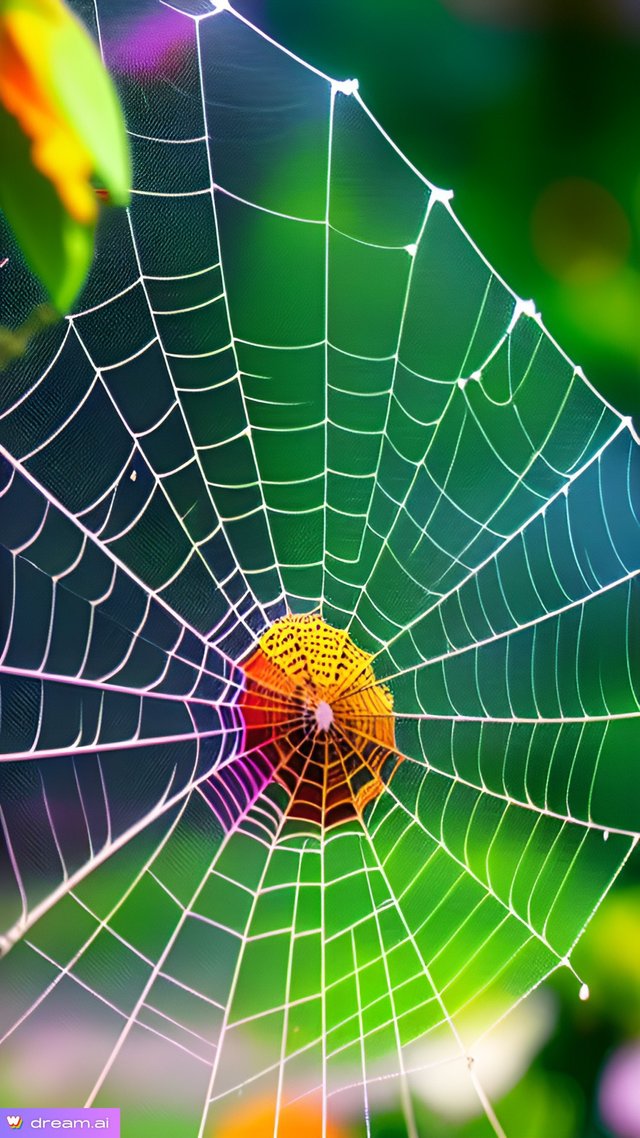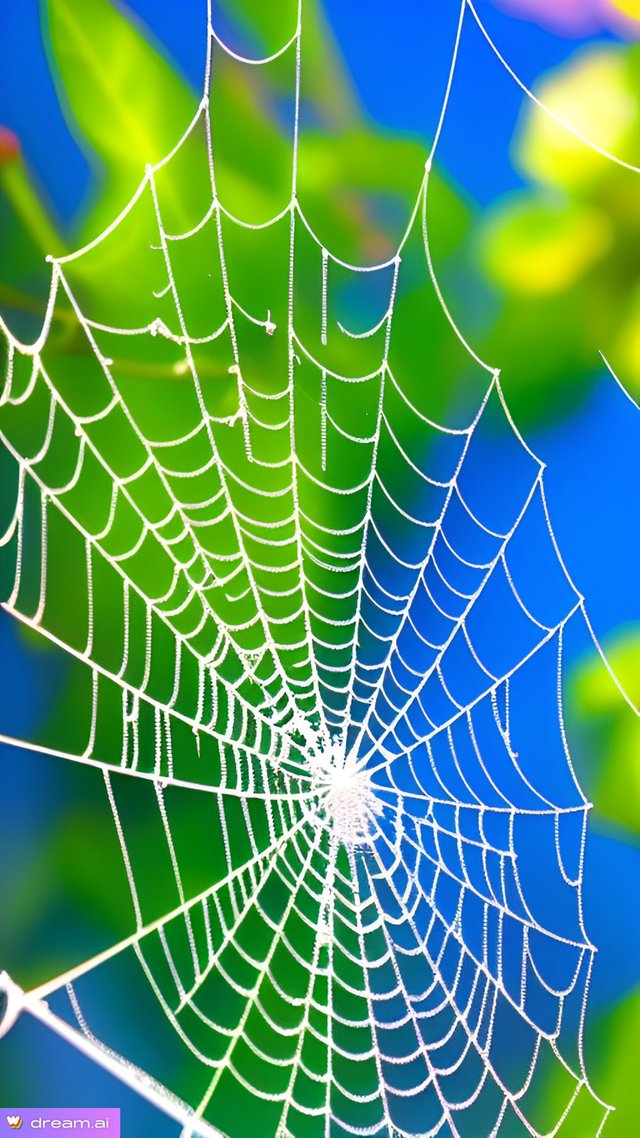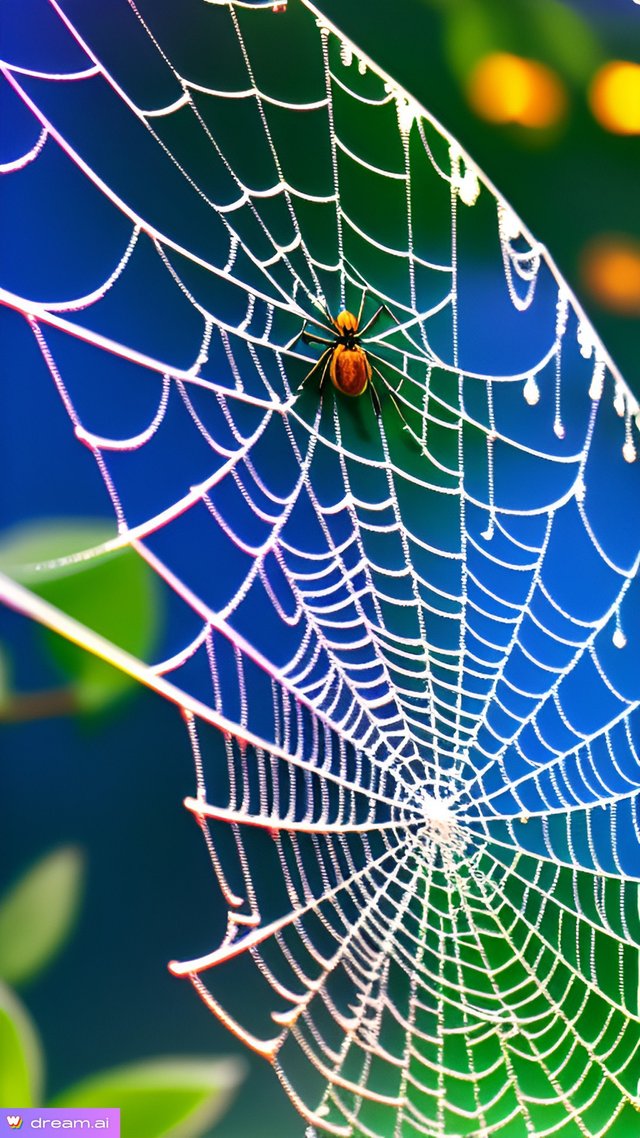Web-Making Spiders: The Amazing Architects of the Natural World
Web-Making : The Amazing Architects of the Natural World
Spiders are some of the most fascinating creatures on the planet. They are incredibly diverse, with over 45,000 known species. And one of the most amazing things about spiders is their ability to make webs.
Webs are incredibly complex structures that are used by spiders to catch prey. They can be made from a variety of materials, including silk, silk and water, and even mud. And the designs of webs can vary greatly, from the simple spiral webs of orb weavers to the elaborate funnel webs of trapdoor spiders.
But what is even more amazing is the way that spiders make their webs. They do this using a series of spinnerets, which are small organs located at the end of their abdomens. These spinnerets produce silk, which is then extruded from the spider's body and spun into a web.
The process of making a web can be quite complex. Some spiders, such as orb weavers, will spend hours or even days building their webs. And even after the web is complete, the spider will often continue to maintain it, repairing any damage and adding new silk as needed.
So why do spiders make webs? Well, there are a few reasons. First, webs provide a way for spiders to catch prey. When an insect flies into a web, it becomes stuck to the sticky silk. The spider then senses the vibration of the web and comes to investigate. Once it finds the insect, it will bite it and inject it with venom. The venom paralyzes the insect, making it easier for the spider to eat.
Second, webs provide a safe place for spiders to live. The silk of a web is very strong and can withstand a lot of force. This helps to protect spiders from predators, such as birds and lizards.
Third, webs can help spiders to attract mates. The silk of a web can release pheromones, which are chemicals that attract other spiders. This is especially important for male spiders, who often have to compete for mates.
So, as you can see, web-making spiders are incredibly fascinating creatures. They are masters of engineering and design, and their webs are not only functional but also beautiful. Next time you see a spider web, take a moment to appreciate the amazing work that went into creating it.
Here are some additional facts about web-making spiders:
The largest spider web ever recorded was made by a golden orb weaver in Brazil. It was over 32 feet in diameter!
The smallest spider webs are made by dwarf spiders. They are so small that they can only be seen with a magnifying glass.
Some spiders, such as jumping spiders, don't make webs at all. Instead, they hunt their prey by jumping on it.
Spiders use their silk for a variety of other purposes, such as carrying their young, building shelters, and even gliding through the air.
Web-making spiders are truly amazing creatures. They are a testament to the power of evolution and the creativity of nature.
.png)
